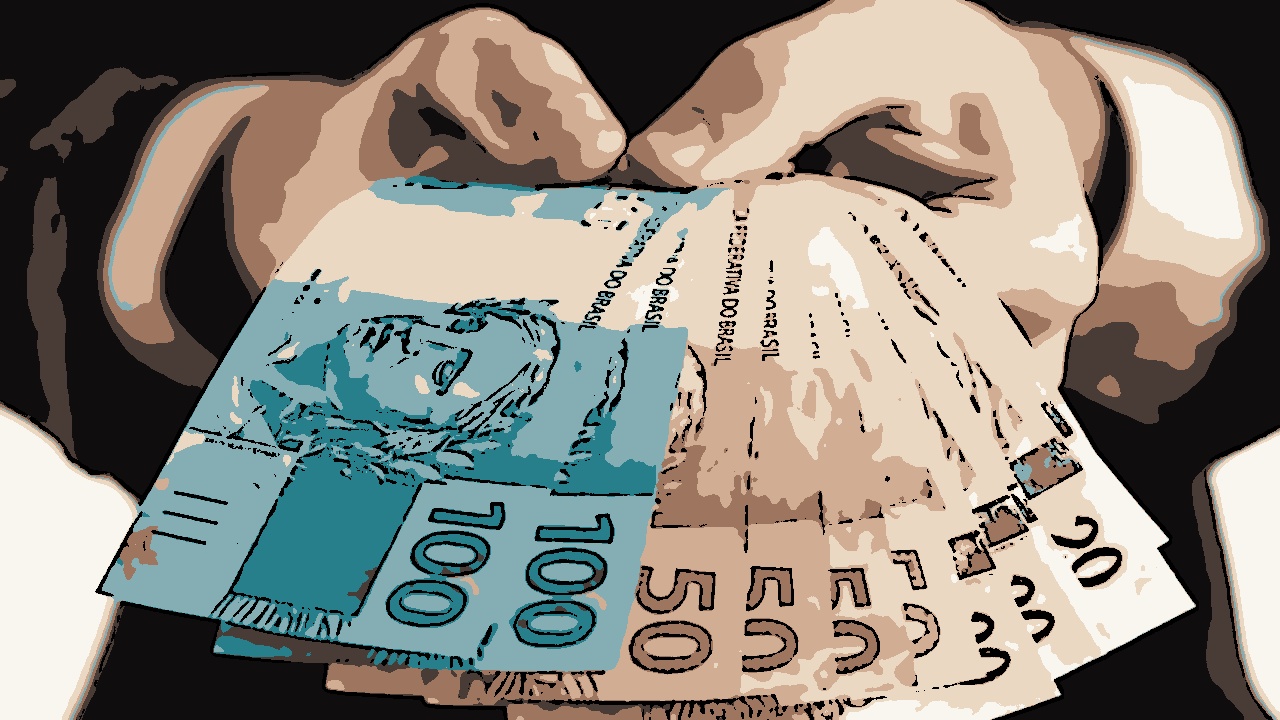Brazil resumed the status of middle -class country in 2024. According to a survey by the consulting trends and released by the newspaper O Globo, 50.1% of Brazilian domiciles now belong to classes C or higher, with monthly household income above R $ 3,400. This is the highest index since 2015, when the middle class reached 51% of homes. In 2023, this percentage was 49.6%, highlighting recent economic improvement.
Factors that boosted social ascension
The main reason for this change was the improvement in the labor market. Since 2023, many families have migrated from classes D and E to Class C, benefited by the postpandey economic resumption and increased wage land. The actual readjustment of the minimum wage, after years without gains above inflation, was also decisive in this process.
Highlight for Class C and the Salary Water
The study points out that class C, made up of families with rent between R $ 3,500 and R $ 8.1 thousand, had a significant increase in salary, with a growth of 9.5% in 2024. Class B, formed by domiliations with income of R $ 8.1 thousand to R $ 25 thousand, also registered expressive gains, with an advance of 8.7%. These two groups were the biggest benefited by the recent economic resumption.
Forecasts for 2025
Trends Consulting estimates that Class C will continue to perform above national average performance by 2025, with a growth forecast of 6.4% in income. However, this rate will be lower than 2024, reflecting slower social mobility in the coming years.
Challenges of Social Mobility
Although the job market is essential to reducing poverty, it is not enough to eliminate it. According to economist Camila Saito, high informality rates, inequality between workers and the heterogeneity of productive sectors limit social mobility in Brazil. This mainly affects classes D and E, which have less opportunities for economic ascension.
History of a family that has risen
An example of social ascension is the 23 -year -old dentist Bruna Taboada, whose family came out of financial instability for class B. Natural from Petrópolis (RJ), Bruna started to contribute family income after starting to work at a dental clinic. With its own gains and the end of family property financing, home income exceeded R $ 20 thousand.
HISTORICAL EMPLOYMENT RATES
The unemployment rate in Brazil reached its lowest historical level of 6.1%in November 2024. The level of occupation also reached a record of 58.8%, contrasting with the 56.8%recorded in 2019. These advances boosted social mobility and the reduction of inequality.
Reduction of inequality
Marcelo Neri, director of FGV Social, stressed that 2024 was marked by the fall in inequality, something unprecedented in recent years. Per capita income grew 6.98%, while the poorest 50%were even higher, 10.2%. This improvement was driven by the fall in unemployment, which represented 40% of the increase in household income.
IMPACTS OF INTEREST RATE
Despite the advances, the rise in the Selic rate, currently at 12.25% per year, mainly favors classes A and B, which have greater exposure to investment and rental rent. On the other hand, the lower classes suffer more from inflation, making their social mobility difficult.
Challenges in Education
Paulo Tafner, president of the Institute of Mobility and Social Development, pointed out the low educational quality as an obstacle to sustainable productivity gains. Although education has increased, human capital accumulation is insufficient to support economic improvements in the long run.
Perspectives for economic policy
Economic instability, intensified by the high dollar, can be softened with stronger support to the fiscal adjustment proposed by Fernando Haddad, Finance Minister. Analysts evaluate that the combination of economic growth and fiscal control is essential to support recent advances.
A future of challenges and opportunities
Brazil has made significant advances in 2024, but faces structural challenges to maintain the pace of growth and reduction of inequality. The combination of effective economic policies, improved education and greater formalization of the labor market will be crucial to consolidating the country as a middle class nation.
Summary for those in a hurry
- Brazil resumed the status of middle class country in 2024with 50.1% of families in classes C or higher.
- Improvement in employment and increasing the minimum wage boosted social mobility.
- Class C led income growthup 9.5% in 2024.
- Falling inequality: The poorest 50% had increased income higher than the national average.
- Unemployment rate at its lowest historical level6.1% in November 2024.
- Challenges include high interest rates, economic instability and low educational quality.

